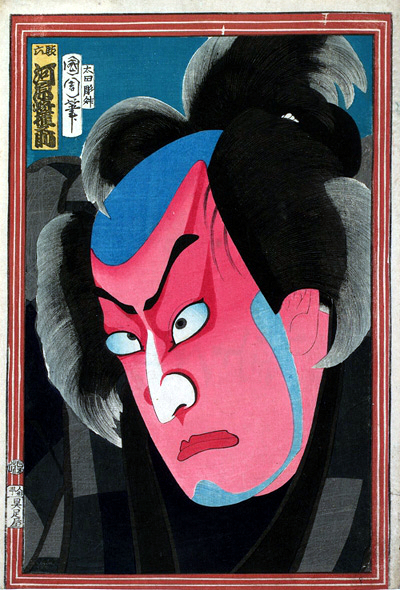 |
| Hiroshige: Kanbara |
Landscapes were not initially a part of ukiyo-e. As a motive, it was introduced by the founder of the Utagawa school, Utagawa Toyoharu (1735?-1814). However, the great landscape master of ukiyo-e was a later member of the school: Utagawa Hiroshige (1797-1858). He firmly established landscape prints, fūkei-ga, as a sub-genre of ukiyo-e.
Hiroshige is one of the most widely known ukiyo-e artists, and one of only a few, whose name is known worldwide also by people not specifically interested in ukiyo-e. As a landscape artist, he belongs to the topmost world elite.
The print this week is Hiroshige's "Kanbara" from the series "The Fifty-Three Stations of the Tōkaidō" (Hōeidō edition), from 1833-1834. "Kanbara" is the 15th station but the 16th print in the series. (There is an initial picture before the stations.)
Tōkaidō was the road connecting the capital of the Shogun, Edo, with the capital of the Emperor, Kyoto. The stations are post stations, and travellers had to have an official permit in order to cross a station. Travelling freely was not permitted in old Japan.



